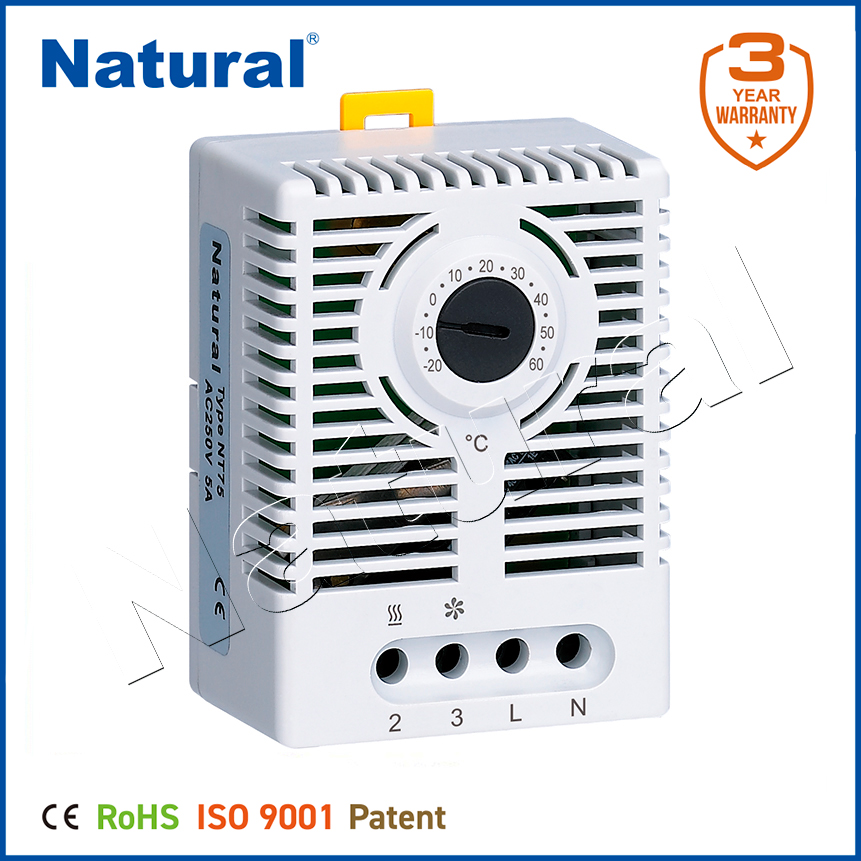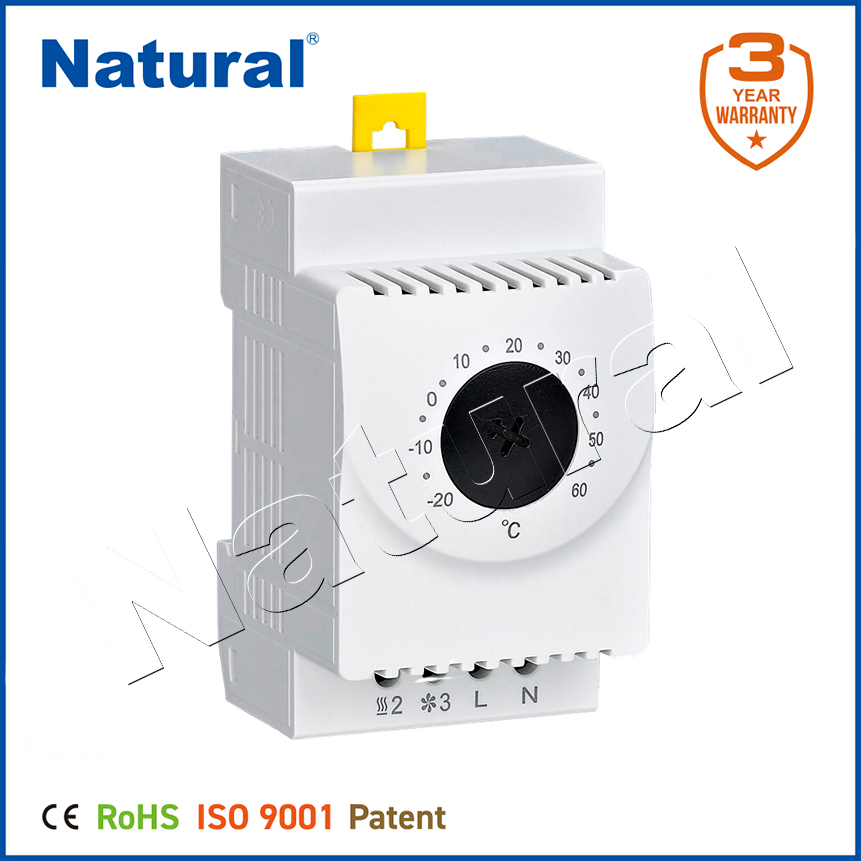In the modern era, temperature control is a critical aspect of maintaining comfort in both residential and commercial spaces. Among the various technologies developed to regulate heating and cooling systems, theelectronic thermostatstands out as a significant advancement. This device has transformed how we manage indoor climates, offering precision, efficiency, and enhanced user experience compared to its mechanical predecessors.

What is an Electronic Thermostat?

An electronic thermostat is a temperature-sensing device that electronically regulates heating, ventilation, and air conditioning (HVAC) systems. Unlike traditional mechanical thermostats that use a bimetallic strip to measure temperature, electronic thermostats employ digital sensors and microprocessors to provide more accurate temperature readings and control. This technology allows for greater precision in maintaining the desired indoor temperature and can often be programmed to adapt to users’ schedules and preferences. Key Features and Advantages 1. Precision Control One of the most notable advantages of electronic thermostats is their ability to maintain precise temperature control. Traditional mechanical thermostats can have a margin of error of up to two degrees Fahrenheit, meaning your home could be warmer or cooler than you desire. In contrast, electronic thermostats can regulate temperature to within half a degree, ensuring a consistently comfortable environment.
